Inventory movement between Paragon and Shopify
Introduction
Import Shopify inventory numbers into Paragon

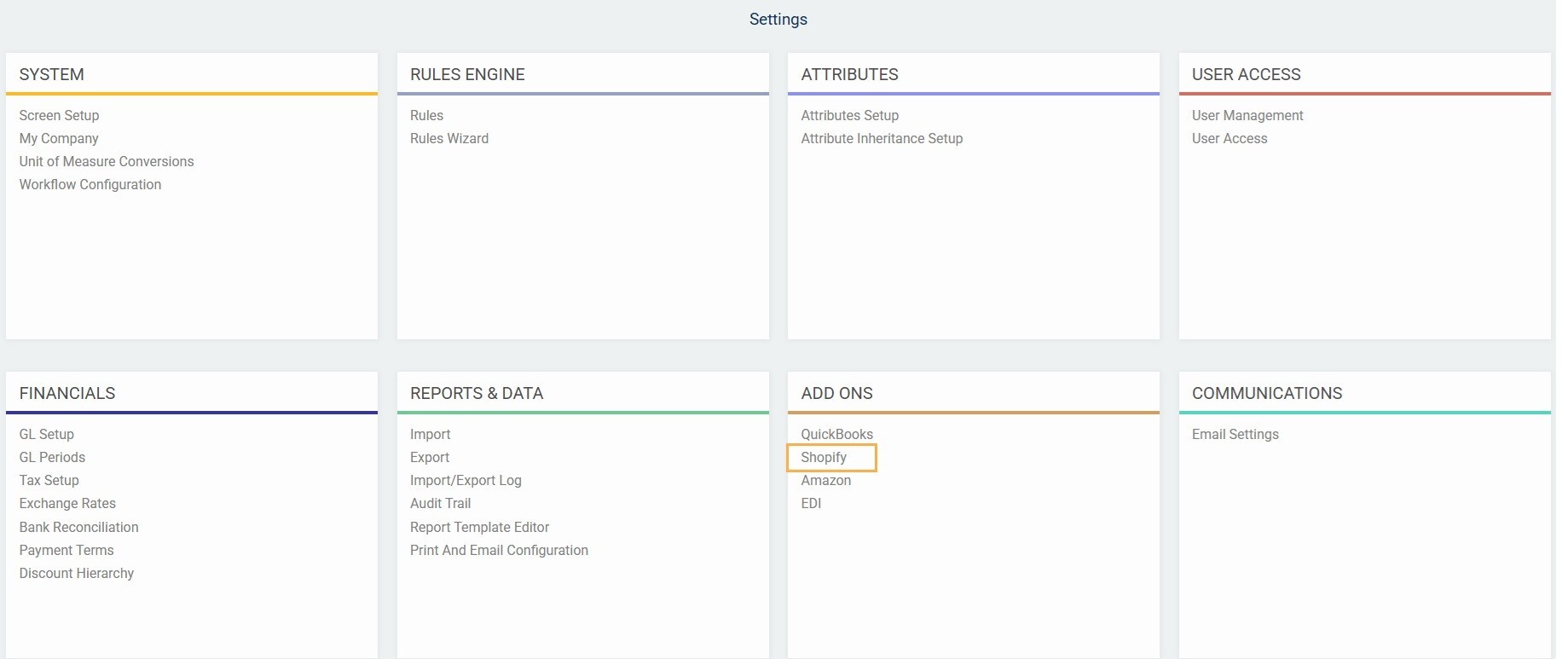
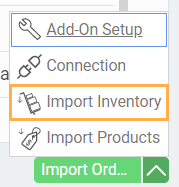
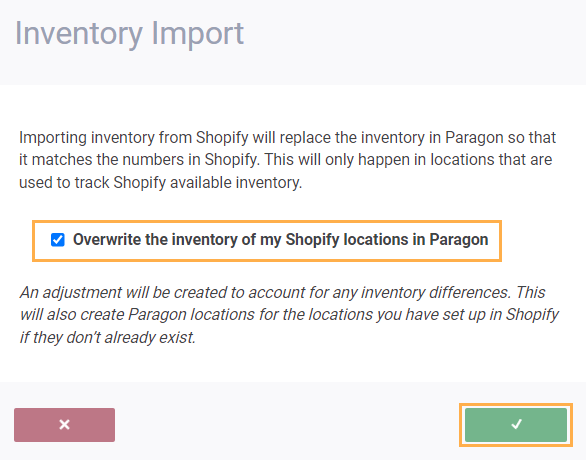
Important disclaimer - this import will effectively overwrite your current inventory numbers in Paragon so that they match the ones in Shopify. This will be done through an inventory adjustment filed as an inventory import for your Shopify shop.
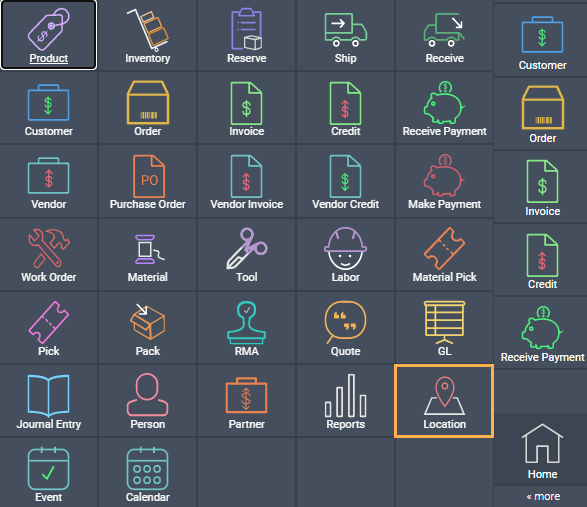

Please note that all Shopify locations with different addresses should have unique names when using Paragon to help manage your inventory. This will ensure that the locations are always separate.
Push inventory to Shopify
From any screen, click the settings button at the top right.

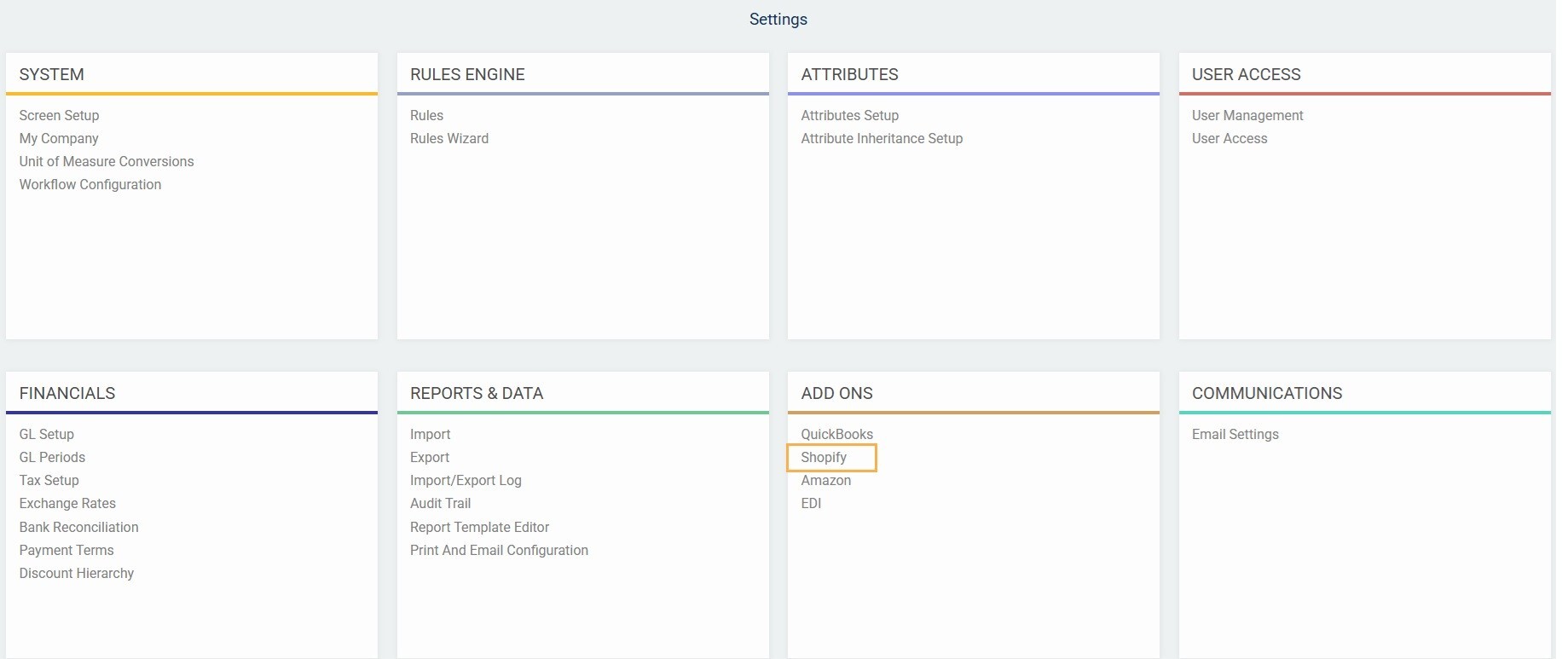

Using the inventory module
If you add or remove stock for any Shopify warehouse location via the inventory module in Paragon, those changes will be reflected in the related location in your Shopify shop.
When a Shopify order is imported by Paragon, a reservation is created from the order. This will reduce the number of units available to sell (ATS) in Paragon. The key here is that Shopify does not include a transaction like a reservation. The ATS numbers in the shop are reduced as soon as an order is placed. Therefore, the reservation is automatically created in Paragon to reflect that change in ATS. Paragon is not sending a change in ATS numbers to the shop in this scenario. Paragon is simply reserving the units so that everything matches between Paragon and Shopify.
For instance, Shopify shows that there are 50 units ATS per item.
An unpaid order is placed for ten items.
When the reservation is issued in Paragon, the ATS in Paragon matches the quantity in Shopify. You now have 41 units ATS even though you still have 51 in stock:
Using a pick ticket or a packing slip
If you create a pick ticket or packing slip for a Shopify location and product, your inventory will stay the same while the number of units available to sell (ATS) will decrease accordingly.



What's Next?
![paragon logo-1.png]](https://support.paragon-erp.com/hs-fs/hubfs/paragon%20logo-1.png?height=50&name=paragon%20logo-1.png)